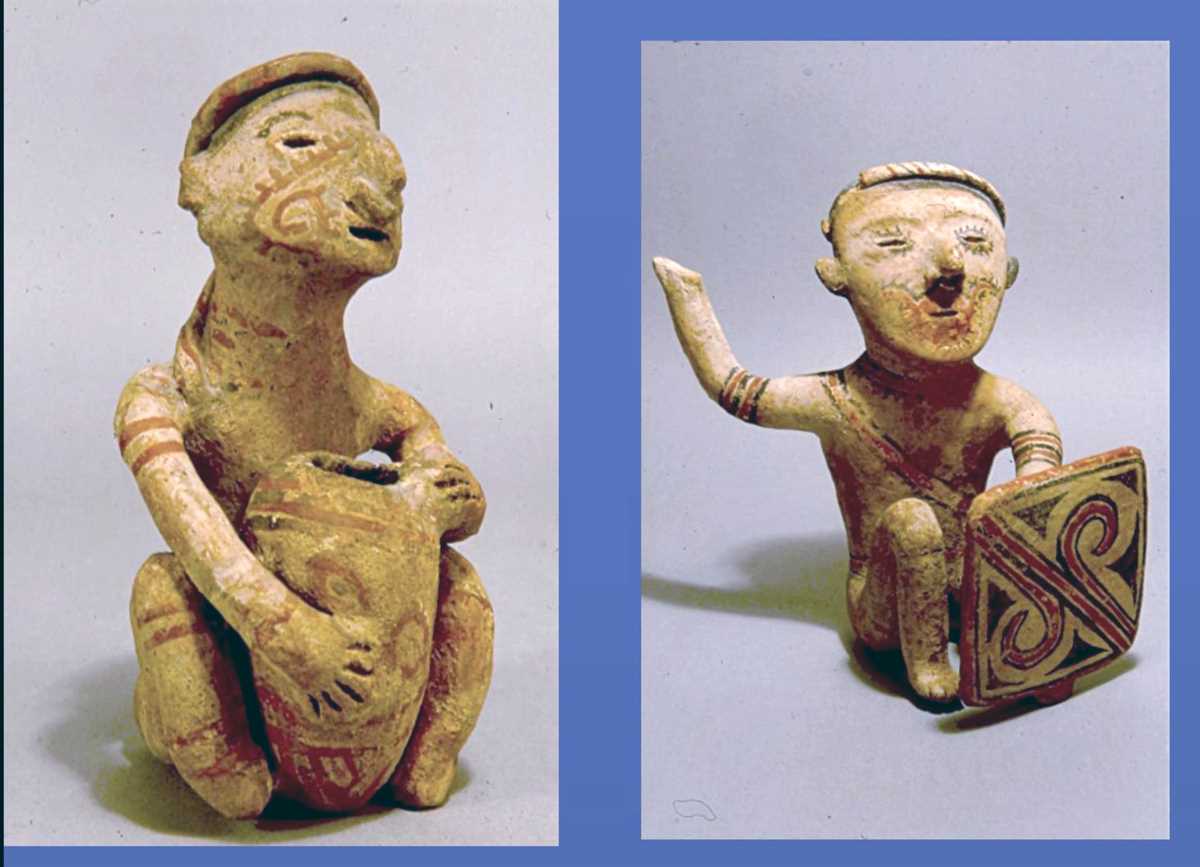The Lost Bolaños Culture That Time Almost Forgot
Approximately two millennia ago, a unique Mesoamerican culture flourished in present-day Zacatecas and Jalisco. María Teresa Cabrero García has spent decades uncovering the secrets of the Bolaños Culture. Her discoveries include a rare shaft tomb and distinct “smoker” figurines.

Approximately two millennia ago, a unique Mesoamerican culture flourished in what is now the southwest of Zacatecas and northeast of Jalisco. This culture, although relatively lesser-known compared to its peers like the Maya or Aztec, thrived for over a thousand years, leaving behind tantalizing clues about its rich heritage.
For the past four decades, María Teresa Cabrero García from UNAM's Institute of Anthropological Research has dedicated herself to uncovering the secrets of the Bolaños Culture. One of her most significant discoveries includes a rare shaft tomb at El Aguacate, unique in western Mexico and Mesoamerica. This underground mortuary structure boasts two chambers, connected by a passage with an additional shaft built in the northern chamber's vault.




